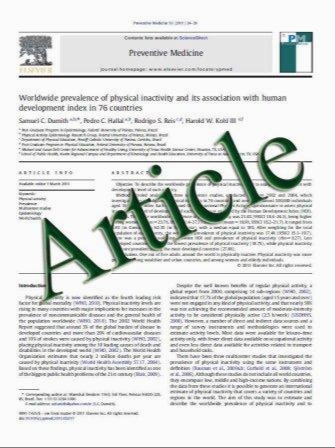Possible risk modifications in the association between MnSOD Ala-9Val polymorphism and breast cancer risk: subgroup analysis and evidence-based sample size calculation for a future trial
- نوع فایل : کتاب
- زبان : انگلیسی
- مؤلف : Yun Chen Jianping Pei
- چاپ و سال / کشور: 2010
Description
Manganese superoxide dismutase (MnSOD) has been identified as an important scavenger of reactive oxygen species (ROS), which can cause oxidative stress followed by breast cancer. A number of subsequent population- based studies have investigated the association between MnSOD Ala-9Val polymorphism and the risk of breast cancer. However, these studies have yielded conflicting results. This fact implies that the effect of MnSOD Ala-9Val polymorphism on the susceptibility to breast cancer may be modified by other risk factors. To provide a more definitive conclusion, a full meta-analysis combining and summarizing 16 studies was first performed using both traditional and Bayesian approaches. During this step, a recessive inheritance mode was determined after a biological justification. The capability of the Bayesian method was highlighted in the estimation of a pooled odds ratio and 95% confidence interval. As a result, no significant association was observed (OR = 0.978, CI = 0.914–1.046). Bayesian meta-regression and subgroup analysis were then conducted to find possible risk modifications by other factors, including menopausal status, ethnicity effect, use of oral contraceptives, use of hormone replacement therapy, fruits and vegetables intake, vitamin supplement, and body mass index. While the power of most subgroups may be insufficient to make a statistical statement, an evidencebased sample size calculation based upon updated metaanalysis was performed to power a future trial. For example, approximately 5,000 subjects are required for a new Asian study (2,500 cases and 2,500 controls) to achieve 80% power.
Breast Cancer Res Treat (2011) 125:495–504 DOI 10.1007/s10549-010-0978-9 Received: 25 February 2010 / Accepted: 1 June 2010 / Published online: 22 June 2010 Springer Science+Business Media, LLC. 2010


